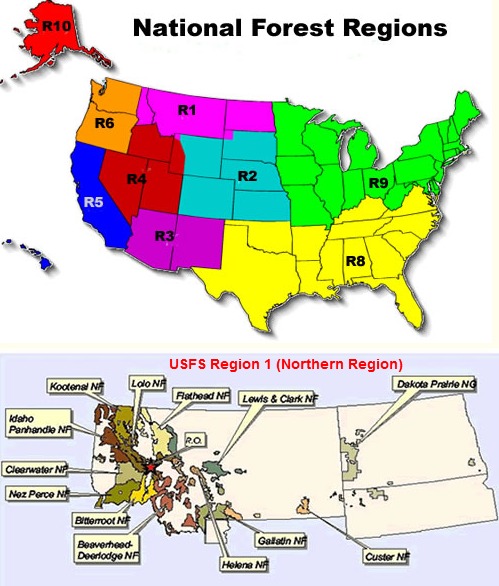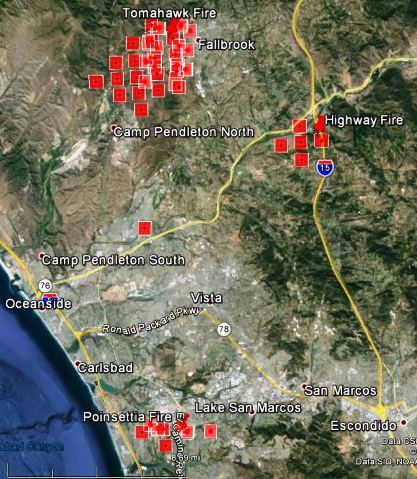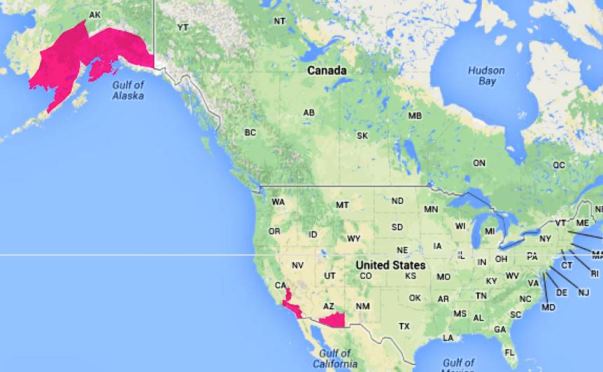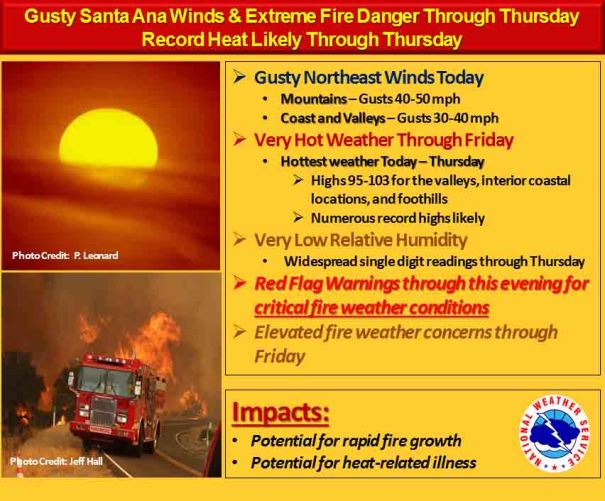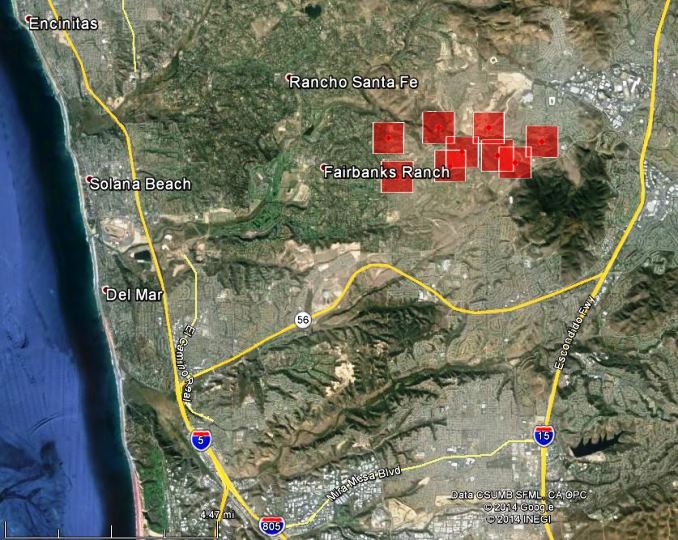The U.S. Forest Service has banned the use of exploding targets in their Northern Region, which includes all lands administered by the USFS in the states of Montana and North Dakota, and in parts of South Dakota and northern Idaho. The ban, signed last week, will be in effect for a year, until May 9, 2015. This is considered a stop-gap measure while a longer term prohibition is being considered that will be incorporated into Title 36 of the Code of Federal Regulations, part 261.
The decision by the Northern Region is in concert with other USFS areas that have banned the dangerous devices, including national forest system lands in the states of Wyoming, Nebraska, South Dakota, Colorado, Kansas, Washington, Oregon, Arizona, New Mexico, Oklahoma, and Texas.
The announcement about the ban, issued by Jonathan L. Herrick, Special Agent in Charge and Faye L. Krueger, Regional Forester, included this statement:
The purpose of the order is to enhance public safety, and to protect our natural resources and property by restricting the use of explosives and exploding targets. The widening use of exploding targets on our National Forests and Grasslands has led to serious injuries, catastrophic wildfires, destruction of property and a significant loss and/or damage to our natural resources. This order provides authority for FS law enforcement officials on all Forests/Grasslands in Region 1 to enforce this restriction and to enhance our ability to protect our natural resources and the people who use them.
On April 20 the Bureau of Land Management issued a ban on exploding targets on BLM lands within the state of Idaho, to be effective between May 10 and October 20, 2014.
Exploding targets have become popular in the last two years with shooters who get a thrill from seeing the explosion when their bullet hits its mark. We have documented numerous wildfires that have been started by the exploding targets. They are sometimes called “binary exploding targets”, since they are completely inert until two powders are mixed by the target shooter. After they are combined, the compound is illegal to transport and is classified as an explosive by the Bureau of Alcohol, Tobacco, Firearms, and Explosives and is subject to the regulatory requirements in 27 CFR, Part 555.
In June, 2013, a man attending a bachelor-bachelorette party in Minnesota was killed by an exploding target. After someone shot the device, shrapnel struck 47-year-old Jeffery Taylor in the abdomen causing his death.
We have written about exploding targets numerous times, and applaud this decision by the USFS Northern Region. Hopefully the Regional Foresters in California, and Regions 4, 8, and 9 have the courage to take the same step. (See the map below to decode the region numbers.)
Thanks and a hat tip go out to Steve and Chuck.

